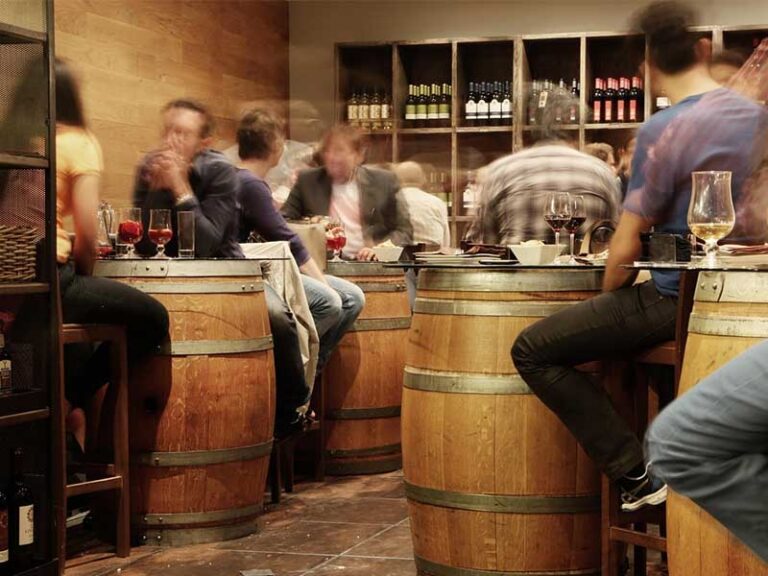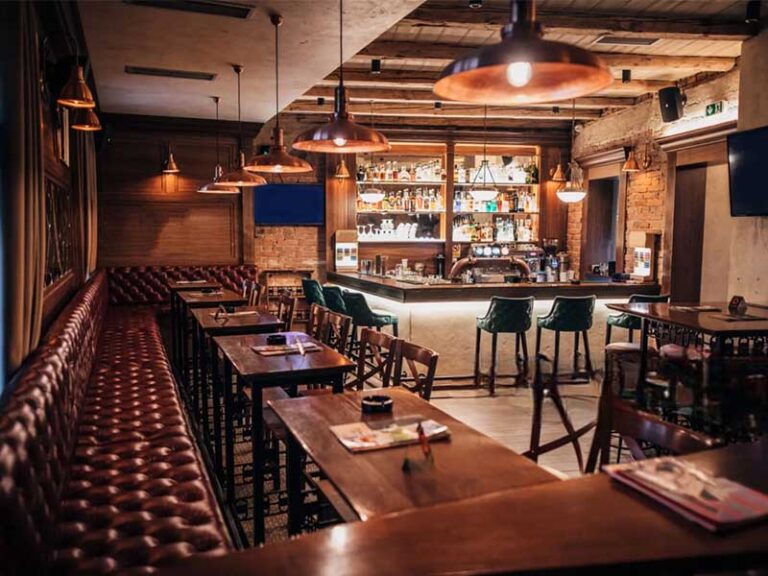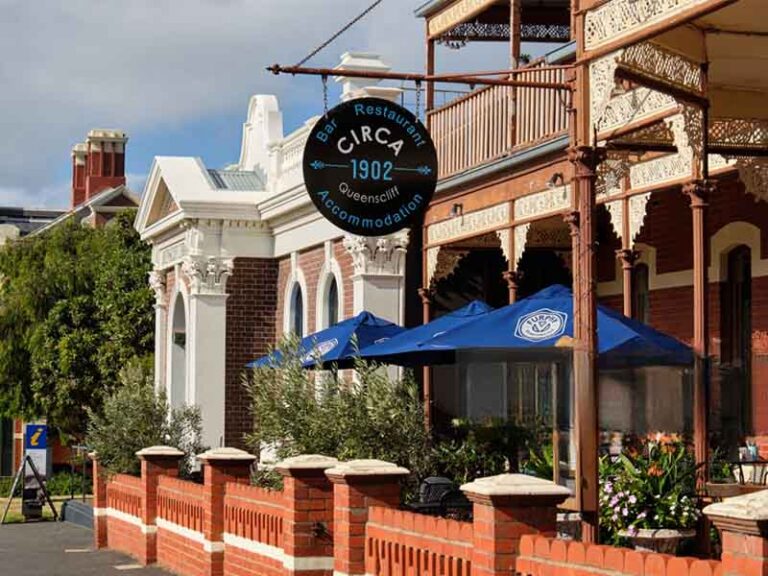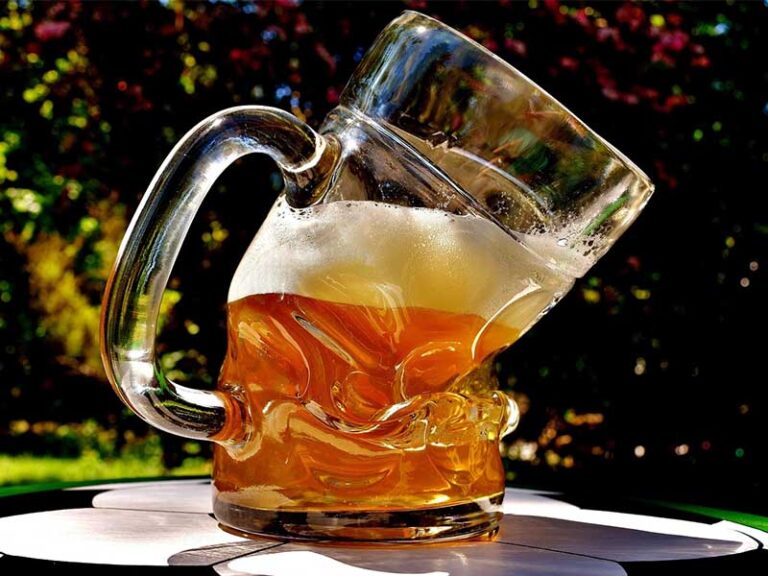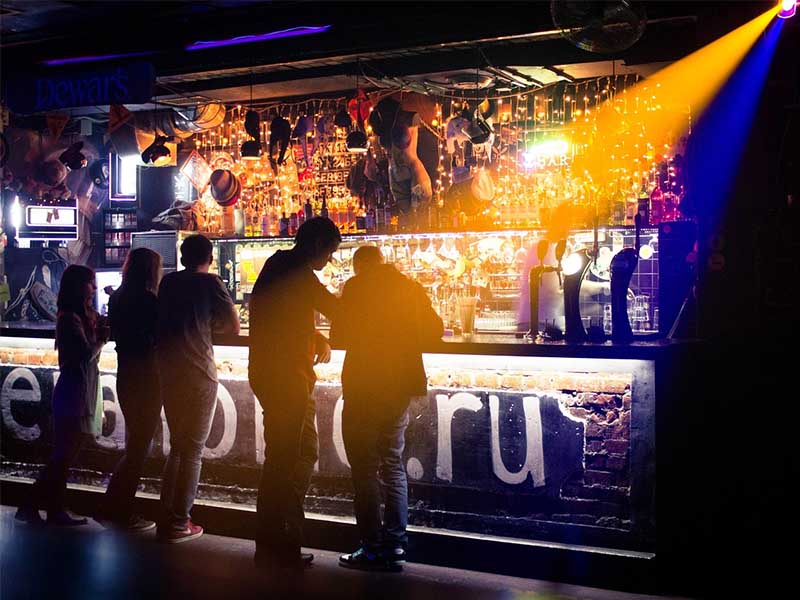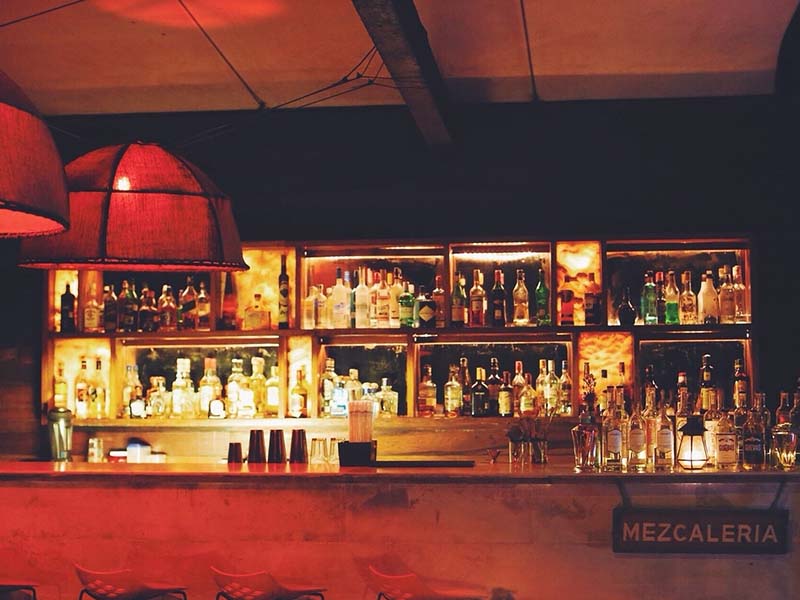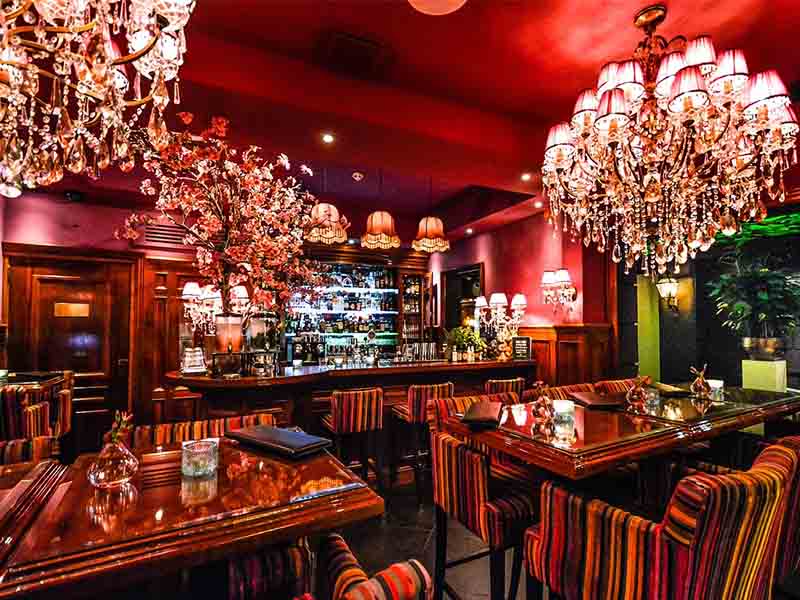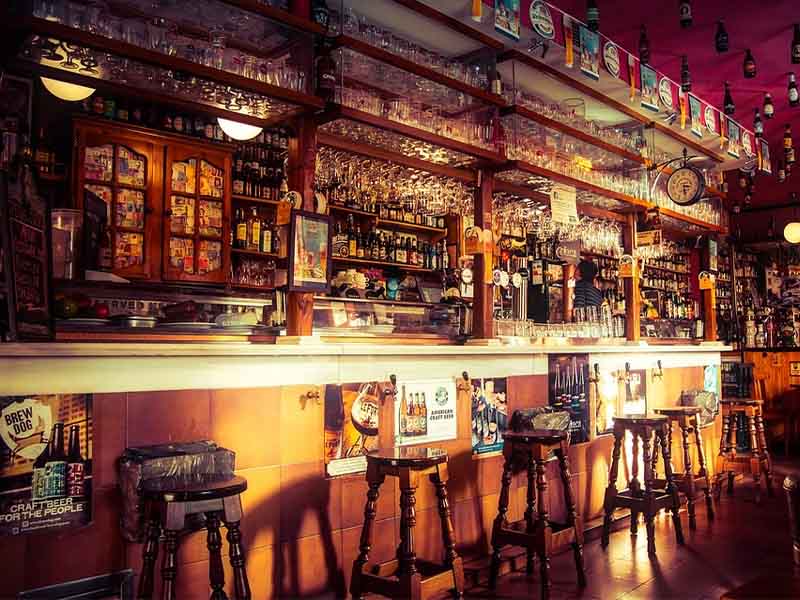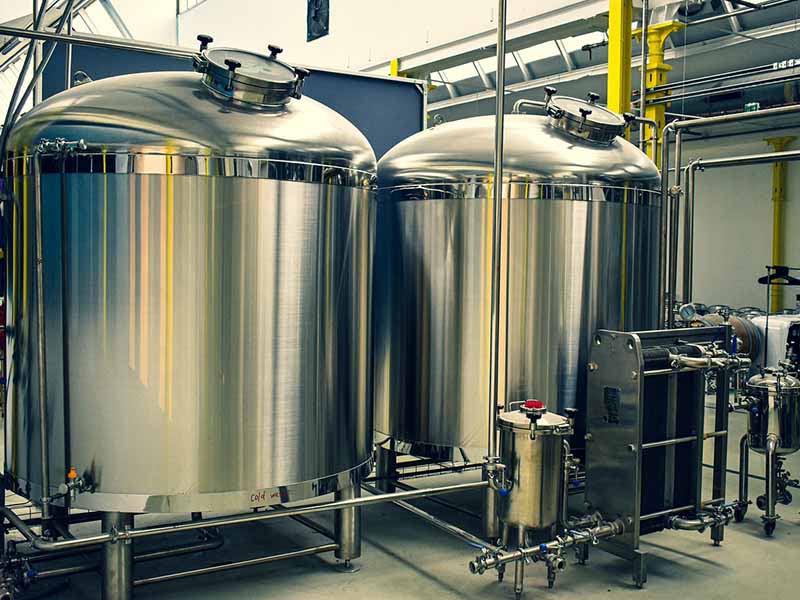
Why Wineries Are Turning to Distilling: A Business Evolution
Have you noticed more wine bottles sharing shelf space with craft spirits lately? There’s a good reason for that. Across the globe, wineries are adding distillation to their repertoire, creating a fascinating shift in the beverage industry. Let’s explore why this trend is gaining momentum and what it means for wineries, distributors, and suppliers in the beverage world.
Table of Contents
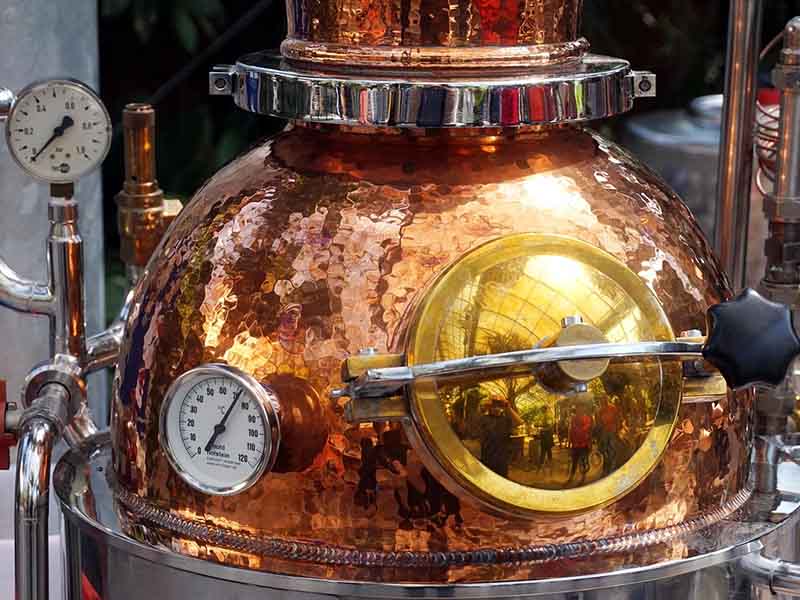
The Spirits Revolution: More Than Just a Trend
When you visit wine country these days, you might spot copper stills gleaming alongside stainless steel fermentation tanks. This isn’t just for show. Recent industry data reveals that a remarkable 38% of global wineries now produce spirits , signaling a major shift in how wineries approach their business models.
Why the change? It’s about adaptation and growth. Wineries are discovering that spirits production offers several compelling advantages:
- Diversified revenue streams
- Higher profit margins
- Expanded customer base
- Better resource utilization
- Enhanced brand identity
As one California winemaker put it, “Making spirits wasn’t originally part of our plan, but now it’s become essential to our business strategy.”
Profit Margins: The Numbers Tell the Story
Let’s talk money. The financial incentives for wineries to add distilling operations are substantial. According to 2023 industry reports, spirits production offers average profit margins of 62%, compared to wine’s 38% . That’s a difference that catches any business owner’s attention.
This margin advantage comes from several factors:
| Factor | Wine | Spirits |
|---|---|---|
| Production time | Months to years | Weeks to months (unaged) |
| Price point | $15-40 typical bottle | $30-80+ typical bottle |
| Shelf life | Limited for many wines | Extremely stable |
| Storage requirements | Temperature controlled | Less demanding |
With these numbers, it’s easy to see why wineries are investing in custom ice buckets and other bar equipment to support their spirits offerings. The initial investment in distillation equipment is offset by higher returns over time.
Regulatory Factors: Understanding the Landscape
The regulatory environment has also played a significant role in pushing wineries toward distillation. In Europe, particularly France, government policies have actively encouraged this shift.
In 2023, France allocated €215 million to distill excess wine into ethanol , a response to declining wine consumption and market oversupply. This government-backed initiative has created a pathway for traditional wineries to enter the spirits market with financial support.
In North America, many states and provinces have amended licensing laws to make it easier for wineries to add distilling operations without navigating entirely separate regulatory processes. This regulatory evolution has removed significant barriers that previously kept these businesses separate.
Equipment Innovation: Lower Barriers to Entry
One of the most exciting developments enabling this transition is the evolution of distillation equipment. Modern technology has made spirits production more accessible than ever before.
Recent data shows that turnkey distillation systems have reduced setup costs by 40% , bringing distilling within reach of small to mid-sized wineries. These systems often feature:
- Modular designs that fit into existing spaces
- Hybrid stainless steel/copper components
- Automation features that reduce labor requirements
- Multi-purpose functionality for different spirit types
For wineries considering this transition, there are now excellent options for every scale of production. Many are also investing in custom bar runners and other branded items to showcase their expanded product lines in tasting rooms.
Sustainability: A Winning Proposition
The environmental benefits of adding distillation to winery operations shouldn’t be overlooked. This approach creates a more sustainable business model in several key ways.
California wineries have been leading this charge, with data showing they repurposed 72% of fermentation waste into brandy production between 2020-2022 . Instead of discarding grape skins, seeds, and other byproducts, these materials become valuable inputs for spirits like grappa and brandy.
This closed-loop approach:
- Reduces waste
- Creates additional revenue
- Lowers disposal costs
- Improves environmental metrics
- Appeals to eco-conscious consumers
“What we once considered waste now becomes some of our highest-margin products,” explains a prominent Napa Valley producer. “It’s rare to find a business practice that’s both environmentally and financially beneficial, but this is definitely one.”
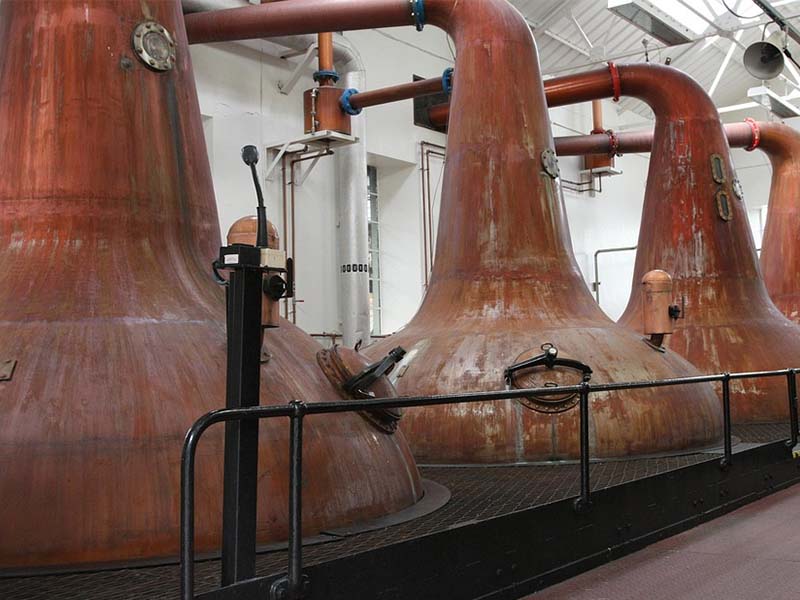
Consumer Trends: Meeting New Expectations
Today’s beverage consumers are more adventurous and knowledgeable than ever before. They seek authentic experiences and appreciate craft production methods, creating perfect conditions for winery-distillery hybrids to thrive.
In markets worldwide, craft spirits are experiencing tremendous growth. In China specifically, premium Baijiu sales grew by 18% in 2023 , showing the strong demand for quality spirits that connect with local drinking traditions.
Wineries that add spirits to their portfolio can:
- Attract younger demographics
- Extend seasonal visitation
- Create new cocktail experiences
- Tell more complex brand stories
- Develop year-round revenue streams
Many are enhancing these experiences with custom-branded wine buckets and PVC bar mats that showcase their expanded product lines.
Market Positioning: Standing Out in a Crowded Field
In today’s competitive beverage market, differentiation is essential. Adding spirits production gives wineries a distinct edge. They can leverage existing brand reputation while entering new product categories and distribution channels.
Consider these strategic advantages:
- Brand extension: Established wine brands can transfer credibility to spirits lines
- Tasting room experience: Offering both wine and spirits creates memorable visits
- Gift market access: Premium spirits often serve as high-margin gift purchases
- Distribution leverage: More products strengthen relationships with distributors
- Marketing synergy: Shared storytelling across product lines
“Our spirits program has completely transformed how distributors and customers see us,” notes one Oregon winery owner. “We’re no longer just another wine brand—we’re a complete beverage destination.”
Implementation Challenges: What to Consider
While the benefits are compelling, adding distillation to a winery operation isn’t without challenges. Here are key considerations for those exploring this path:
Regulatory compliance: Separate permits and licenses are typically required for distilled spirits Capital investment: Quality distillation equipment requires significant upfront costs Technical expertise: Distilling demands different skills than winemaking Production space: Additional room for equipment and aging is necessary Marketing strategy: Repositioning as a dual producer requires careful communication
However, these challenges haven’t deterred the growing number of wineries making the transition. With proper planning and phased implementation, most find the benefits far outweigh the difficulties.
The Future: What’s Next for Winery Distilleries
Looking ahead, the integration of wine and spirits production is likely to accelerate. Industry analysts predict that by 2030, the majority of mid-to-large wineries will include some form of spirits production in their business models.
We can expect to see continued innovation in:
- Hybrid products that blur the lines between wine and spirits
- Estate-grown botanical programs for gin and other flavored spirits
- Advanced aging techniques that reduce production time
- Direct-to-consumer spirits shipping as regulations evolve
- Virtual tasting experiences featuring both product categories
For suppliers serving these evolving businesses, staying ahead of trends and offering versatile products like custom champagne buckets that work for multiple beverage types will be increasingly important.
Conclusion: A Natural Evolution
The movement of wineries into distillation represents not just a trend but a logical evolution of the beverage industry. By leveraging existing infrastructure, agricultural connections, and brand equity, wineries are positioned to succeed in the spirits category in ways that standalone distilleries often struggle to match.
Whether you’re a winery considering this path, a distributor adapting to these new product lines, or a supplier serving this evolving market, the wine-to-spirits transition offers exciting opportunities. Those who recognize and support this shift will be well-positioned for success in the changing beverage landscape.
The question for wineries is no longer if they should consider spirits production, but when and how to implement it most effectively. For many, the answer is clear: the time is now.

